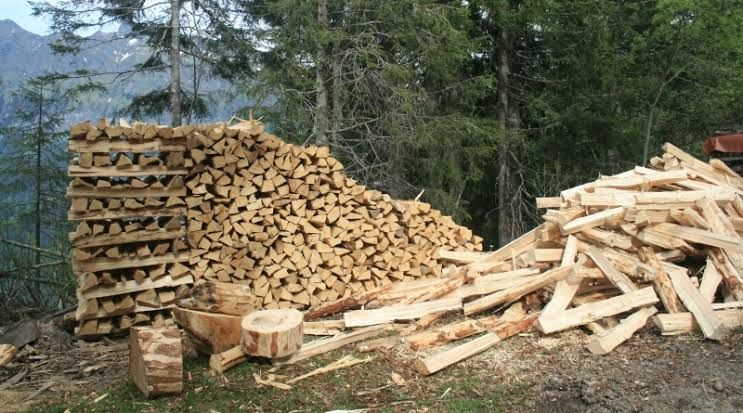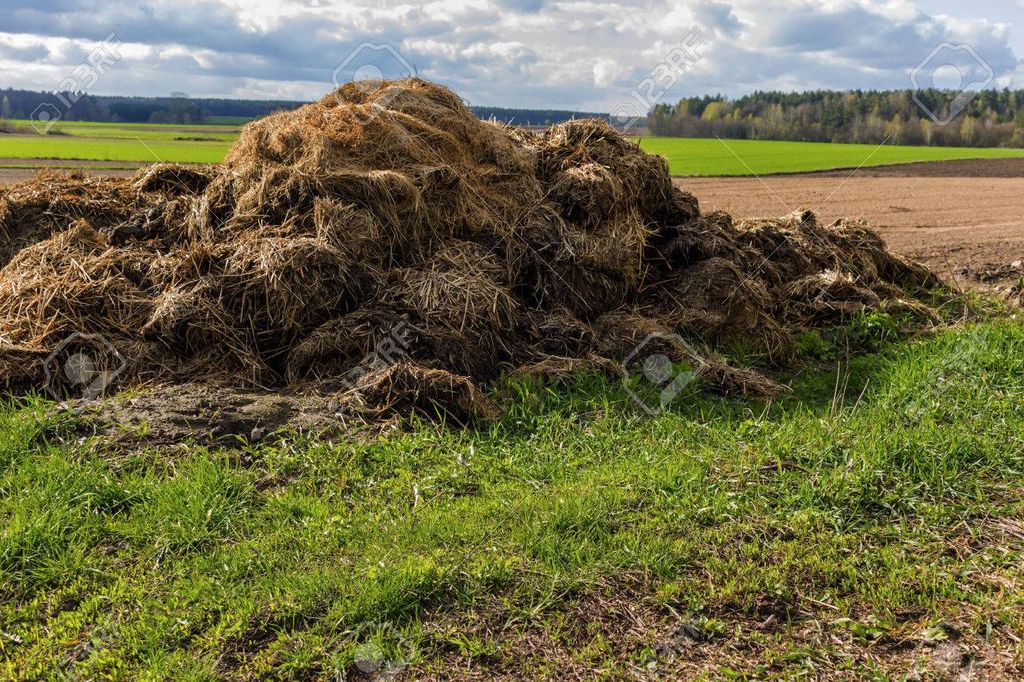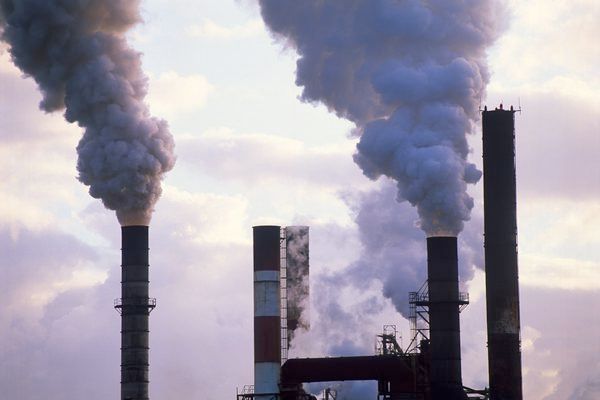Environmental Impacts Of Biomass Energy Production
Apr 08, 2019 • 14 views
Whenever protest starts against non-renewable energy sources, we give renewable sources as the solution. But are renewable sources free of environmental impact? Biomass energy and biofuels made from biomass are alternative energy sources to fossil fuels. Burning either fossil fuels or biomass releases carbon dioxide (CO2). However, the plants that are the source of biomass capture a nearly equivalent amount of CO2 through photosynthesis while they are growing. This makes biomass a carbon-neutral energy source.

Using wood, wood pellets, and charcoal for heating and cooking can replace fossil fuels and may result in overall lower CO2 emissions.
But, wood smoke contains harmful pollutants such as carbon monoxide and particulate matter. Modern wood-burning stoves, pellet stoves, and fireplace inserts can reduce the amount of particulates formed from burning wood.
Wood and charcoal are major cooking and heating fuels in poor countries. But, if people harvest the wood faster than trees can grow, it causes deforestation. Planting fast-growing trees for fuel and using fuel-efficient cooking stoves can help slow deforestation.

Burning municipal solid waste or garbage in waste-to-energy plants could result in less waste buried in landfills. But on the other hand, burning garbage produces air pollution and releases the chemicals and substances in the waste into the air. Some of these chemicals can be hazardous to people and the environment if they are not properly controlled.
Scrubbers can clean emissions from waste-to-energy facilities by spraying a liquid into the combustion gases to neutralize the acids present in the stream of emissions. Fabric filters and electrostatic precipitators can also remove particles from the combustion gases.
Coming to biofuels, growing plants are controversial. The land, fertilizers, and energy for growing biofuel crops could be used to grow food crops instead. In some parts of the world, large areas of natural vegetation and forests have been cut down to grow sugarcane for ethanol and soya beans and oil palm trees for biodiesel.

Ethanol and gasoline-ethanol blends produce evaporative emissions which contribute to the formation of harmful, ground-level ozone and smog. Gasoline requires extra processing to reduce evaporative emissions before it is blended with ethanol. Also, biodiesel combustion produces fewer sulphur oxides, less particulate matter, less carbon monoxide, and fewer unburned hydrocarbons. But, it does produce more nitrogen oxide than petroleum diesel.
Here, we saw that deforestation is the main controversy of biomass and biofuel energy production. As we said earlier, use of fast growing trees could prevent this to an extent.
